When I was a child, supple-muscled and fresh-faced, I had my own room. It had blue walls, blue and white curtains and bedspread, and white furniture with gold trim. I made my bed every morning and had all my treasures arranged on my dressers just so. I liked to keep things neat and tidy. Cleaning was a Saturday morning ritual not to be messed with, and I learned to be thorough and efficient (because the ‘fun’ stuff could only be done after the cleaning.) It also became a meditation of sorts, with my body moving through the mundane motions while my young mind processed all the thoughts and e-motions of my life.
Even though decades of raising three kids and an aging body have softened my ‘neat freak’ mind, I still like to clean and keep things in order. So I have been particularly bothered these past years by the dead branches that hang from some of the trees in the yard and the woods. I look at them and feel compelled to trim away the dead, thinking they would look so much better. But my tree-man husband puts off my compelling aesthetic arguments for the sake of the trees. Certain trees and shrubs should only be trimmed at certain times of the year in order to preserve the health of the tree or to promote blooming. Not only when the leaves are looking pretty and one is simply bothered by low- or dead-hanging branches! Then when the leaves are gone, I don’t even notice the dead ones on the bare silhouette of the tree! So the dead branches remain, and like any other thorn under our skin that we live with, our relationship with it changes.
The reason this old Oak tree has some dead branches is because of a physiological phenomenon called self-pruning. When a branch does not produce as much carbohydrate by photosynthesis as it uses in respiration, food, minerals and water are withheld from the branch. The tree seals off the limb with resins, and the branch eventually dies.
Access to light is the most important reason for self-pruning. Trees that grow in open areas rarely shed their branches for this reason, but trees that grow in the woods do not have enough light to maintain all the branches. Self-pruning happens frequently with small twigs, and as the crown of a tree gets bigger, the large, lower branches may also die.
Shade intolerant trees like Aspen, Paper Birch, Red Pine, Elm, and Ash are known for sequestering food from lower branches, causing them to die. The actual shedding of the dead branch occurs over time as it weakens from water, fungi, and insects and then comes down with wind, snow, or animals.
In a forest of Red Pines, the lower dead branches are of varying lengths with many short, truncated staubs that look like steps up the straight trunk of the tree.
The dead branches, those thorns under my neat-freak skin, no longer bother me like they once did. Now I see them as an essential part of the story of the tree. They are expressive parts of the younger tree, when the sun shone strong and bright, when nothing impaired its growth and vitality. They are part of the history of the tree. Just like us. We have these parts of ourselves from our younger, growing self and life that die and get truncated. We don’t have to cut them away, no longer to be seen or thought of again. Each is an essential part of our stories. I still put my treasures on the dressers just so—they are even the same dressers, though the white and gold paint was stripped off to reveal the mahogany wood underneath. Every past interest, friend, longing, hobby, and experience are all branches of my being.
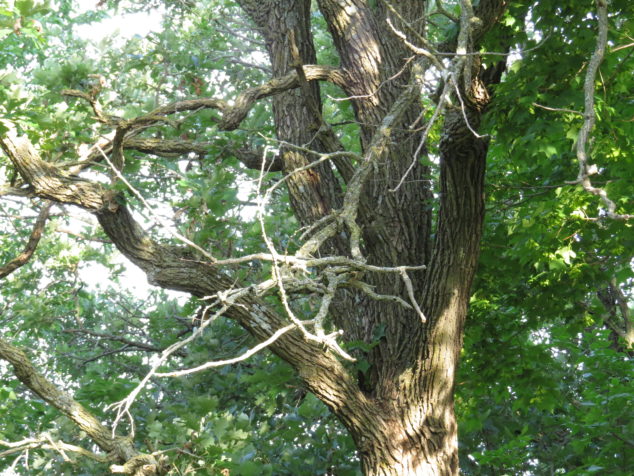
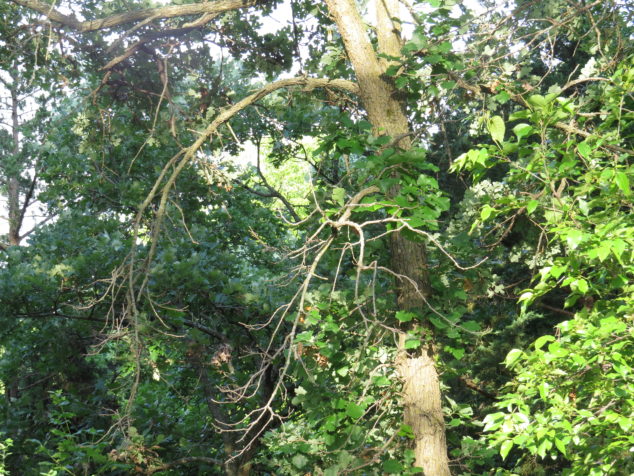
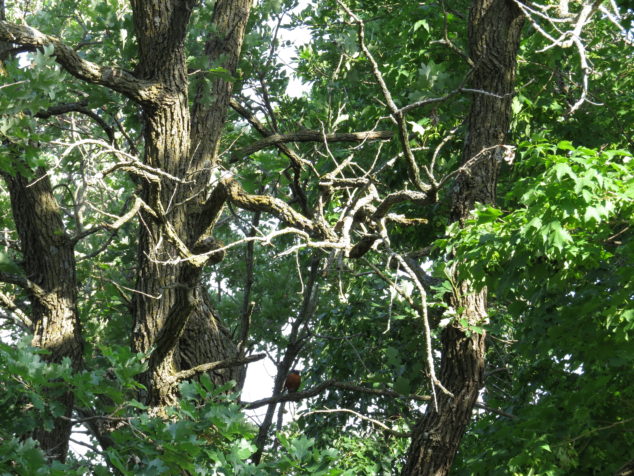
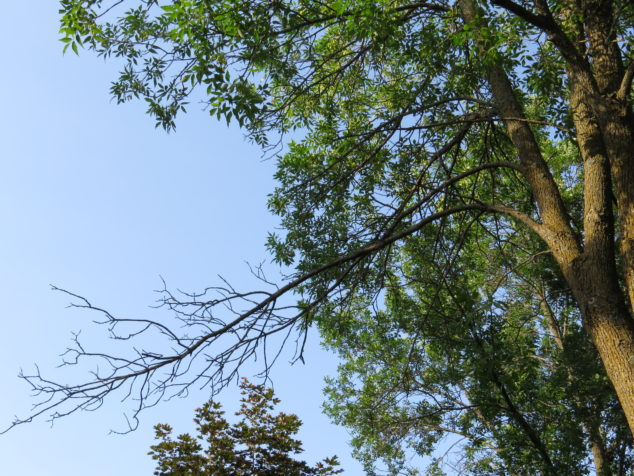
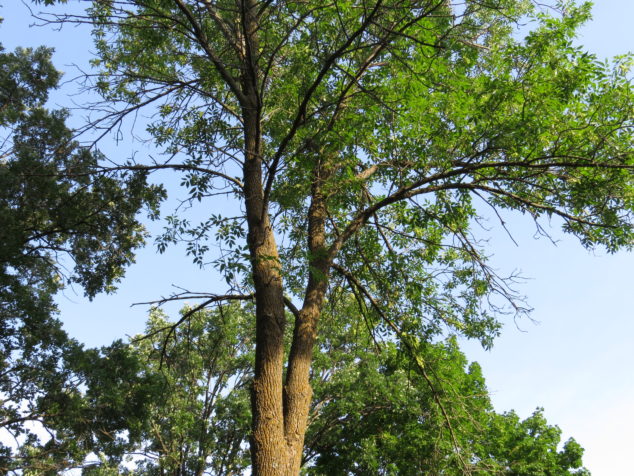
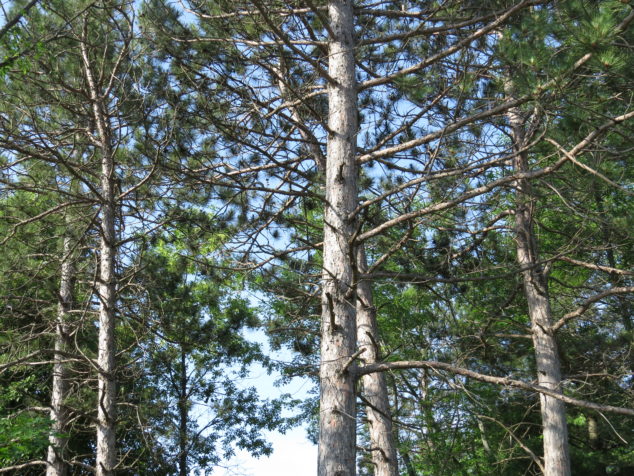
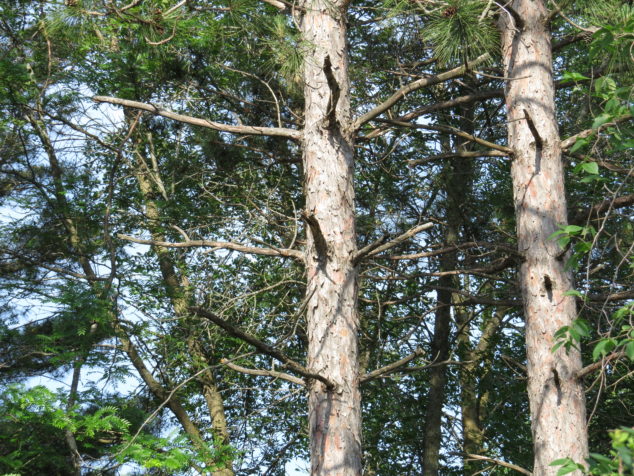
Another beautiful column! Love it ! Your writing and your skills of expression are wonderful!
Thanks, Rhoda. I appreciate your support!